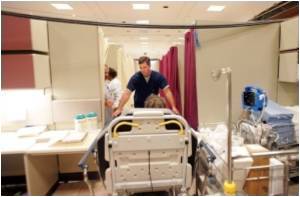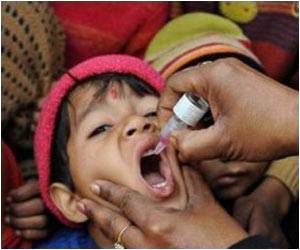A new study conducted by microbiologists has shown how marine microbes live beneath the deep ocean floor.
Beth Orcutt, a post-doctoral fellow at Aarhus University in Denmark and the University of Southern California, presented the study's findings at the annual Goldschmidt Conference at the University of Tennessee, KnoxvilleOrcutt said: "I think this research is exciting because it offers us a glimpse into a habitat on Earth that we know next to nothing about.
"If you consider how much ocean crust there is on Earth, and how much of that is hydrologically active, then this environment could be one of the most massive habitats for microbial life on Earth. There may be new species of life and new types of metabolism that we haven't discovered yet."
There has been limited research into this deep marine crust, so Orcutt and her colleagues developed new hole-boring technologies to study microbial life living beneath rock on the seafloor.
Orcutt used a robotic submarine to reach this realm, buried under 2660 meters of water. Then she drilled through 260 meters (850 feet) of sediment.
The microbes Orcutt and her team studied receive no light that far beneath the ocean floor, so part of what they are explored is how these microscopic organisms survive in such harsh conditions.
Advertisement
The subsurface under deep oceans is an extreme environment for any life to exist.
Advertisement
Orcutt said: "I hope that the general public will understand that the ocean isn't just a giant pond with a featureless, unexciting bottom.
"The seafloor and sub-seafloor are exciting environments where microbes rule. We have to develop sophisticated experiments to try to learn more about these microbial habitats, experiments which will reveal new information about how life survives and thrives on Earth and maybe about how life may exist on other planets."
Source-ANI









